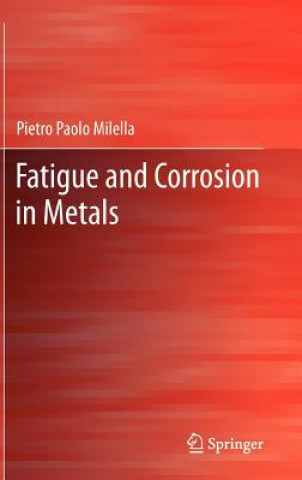
Kod: 01367290
Fatigue and Corrosion in Metals
Autor Pietro Paolo Milella
This textbook, suitable for students, researchers and engineers, gathers the experience of more than 20 years of teaching fracture mechanics, fatigue and corrosion to professional engineers and running experimental tests and verif ... więcej
- Język:
 Angielski
Angielski - Oprawa: Twarda
- Liczba stron: 844
Wydawca: Springer Verlag, 2012
- Więcej informacji o książce

156.48 €
Zwykle: 156.54 €
Oszczędzasz 0.06 €
Dostępność:
50 % szansa Otrzymaliśmy informację, że książka może być ponownie dostępna. Na podstawie państwa zamówienia, postaramy się książkę sprowadzić w terminie do 6 tygodni. Gwarancja pełnego zwrotu pieniędzy, jeśli książka nie zostanie zabezpieczona.
Otrzymaliśmy informację, że książka może być ponownie dostępna. Na podstawie państwa zamówienia, postaramy się książkę sprowadzić w terminie do 6 tygodni. Gwarancja pełnego zwrotu pieniędzy, jeśli książka nie zostanie zabezpieczona.Przeszukamy cały świat
Zobacz książki o podobnej tematyce
-

Walking Dead Compendium Volume 3
51.04 € -15 % -

Střípky deníku
9.88 € -4 % -

Péra a perutě
8.97 € -19 % -

Dungeon Crawl Classics #108: The Seventh Thrall of Sezrekan
9.88 € -18 % -
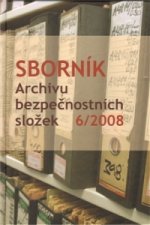
Sborník Archivu bezpečnostních složek 6/2008
7.25 € -6 % -
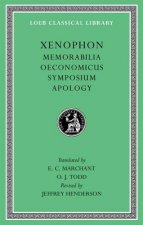
Memorabilia. Oeconomicus. Symposium. Apology
35.10 € -

Positive Thinking: Getting the Life of Your Dreams- The Psychology Behind Thinking like an Optimist to Inspire Personal Transformation
8.57 € -2 % -
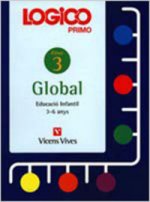
Logico Primo Global 5. Fitxes. Educacio Infantil 3-6 Anys
24.61 € -

Arias for Soprano: Voice and Piano
30.36 € -4 % -

The Doctor
10.08 € -4 % -
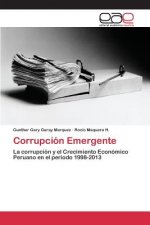
Corrupcion Emergente
37.22 € -
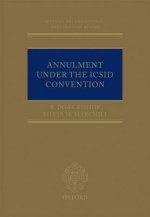
Annulment Under the ICSID Convention
394.09 € -

Losing Afghanistan
125.41 € -

Floating Borderlands
34.19 €
Podaruj tę książkę jeszcze dziś
- Zamów książkę i wybierz "Wyślij jako prezent".
- Natychmiast wyślemy Ci bon podarunkowy, który możesz przekazać adresatowi prezentu.
- Książka zostanie wysłana do adresata, a Ty o nic nie musisz się martwić.
Powiadomienie o dostępności
Wpisz swój adres e-mail, aby otrzymać od nas powiadomienie,
gdy książka będzie dostępna. Proste, prawda?
Więcej informacji o Fatigue and Corrosion in Metals
Za ten zakup dostaniesz 392 punkty
 Opis
Opis
This textbook, suitable for students, researchers and engineers, gathers the experience of more than 20 years of teaching fracture mechanics, fatigue and corrosion to professional engineers and running experimental tests and verifications to solve practical problems in engineering applications. As such, it is a comprehensive blend of fundamental knowledge and technical tools to address the issues of fatigue and corrosion. The book initiates with a systematic description of fatigue from a phenomenological point of view, since the early signs of submicroscopic damage in few surface grains and continues describing, step by step, how these precursors develop to become mechanically small cracks and, eventually, macrocracks whose growth is governed by fracture mechanics. But fracture mechanics is also introduced to analyze stress corrosion and corrosion assisted fatigue in a rather advanced fashion. The author dedicates a particular attention to corrosion starting with an electrochemical treatment that mechanical engineers with a rather limited knowledge of electrochemistry will well digest without any pain. The electrochemical introduction is considered an essential requirement to the full understanding of corrosion that is essentially an electrochemical process. All stress corrosion aspects are treated, from the generalized film rupture-anodic dissolution process that is the base of any corrosion mechanism to the aggression occurring in either mechanically or thermally sensitized alloys up to the universe of hydrogen embrittlement, which is described in all its possible modes of appearance. Multiaxial fatigue and out-of-phase loading conditions are treated in a rather comprehensive manner together with damage progression and accumulation that are not linear processes. Load spectra are analyzed also in the frequency domain using the Fourier transform in a rather elegant fashion full of applications that are generally not considered at all in fatigue textbooks, yet they deserve a special place and attention. The issue of fatigue cannot be treated without a probabilistic approach unless the designer accepts the shame of one-out-of-two pieces failure. The reader is fully introduced to the most promising and advanced analytical tools that do not require a normal or lognormal distribution of the experimental data, which is the most common case in fatigue. But the probabilistic approach is also used to introduce the fundamental issue of process volume that is the base of any engineering application of fatigue, from the probability of failure to the notch effect, from the metallurgical variability and size effect to the load type effect. Fractography plays a fundamental role in the post mortem analysis of fatigue and corrosion failures since it can unveil the mystery encrypted in any failure.This textbook, suitable for students, researchers and engineers, gathers the experience of more than 20 years of teaching fracture mechanics, fatigue and corrosion to professional engineers and running experimental tests and verifications to solve practical problems in engineering applications. As such, it is a comprehensive blend of fundamental knowledge and technical tools to address the issues of fatigue and corrosion. The book initiates with a systematic description of fatigue from a phenomenological point of view, since the early signs of submicroscopic damage in few surface grains and continues describing, step by step, how these precursors develop to become mechanically small cracks and, eventually, macrocracks whose growth is governed by fracture mechanics. But fracture mechanics is also introduced to analyze stress corrosion and corrosion assisted fatigue in a rather advanced fashion. The author dedicates a particular attention to corrosion starting with an electrochemical treatment that mechanical engineers with a rather limited knowledge of electrochemistry will well digest without any pain. The electrochemical introduction is considered an essential requirement to the full understanding of corrosion that is essentially an electrochemical process. All stress corrosion aspects are treated, from the generalized film rupture-anodic dissolution process that is the base of any corrosion mechanism to the aggression occurring in either mechanically or thermally sensitized alloys up to the universe of hydrogen embrittlement, which is described in all its possible modes of appearance. Multiaxial fatigue and out-of-phase loading conditions are treated in a rather comprehensive manner together with damage progression and accumulation that are not linear processes. Load spectra are analyzed also in the frequency domain using the Fourier transform in a rather elegant fashion full of applications that are generally not considered at all in fatigue textbooks, yet they deserve a special place and attention. The issue of fatigue cannot be treated without a probabilistic approach unless the designer accepts the shame of one-out-of-two pieces failure. The reader is fully introduced to the most promising and advanced analytical tools that do not require a normal or lognormal distribution of the experimental data, which is the most common case in fatigue. But the probabilistic approach is also used to introduce the fundamental issue of process volume that is the base of any engineering application of fatigue, from the probability of failure to the notch effect, from the metallurgical variability and size effect to the load type effect. Fractography plays a fundamental role in the post mortem analysis of fatigue and corrosion failures since it can unveil the mystery encrypted in any failure.
 Szczegóły książki
Szczegóły książki
Kategoria Książki po angielsku Technology, engineering, agriculture Mechanical engineering & materials Materials science
156.48 €
- Pełny tytuł: Fatigue and Corrosion in Metals
- Autor: Pietro Paolo Milella
- Język:
 Angielski
Angielski - Oprawa: Twarda
- Liczba stron: 844
- EAN: 9788847023352
- ISBN: 8847023351
- ID: 01367290
- Wydawca: Springer Verlag
- Waga: 1458 g
- Wymiary: 243 × 167 × 54 mm
- Data wydania: 05. October 2012
Ulubione w innej kategorii
-
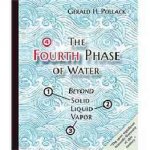
Fourth Phase of Water
40.35 € -19 % -
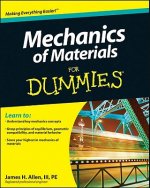
Mechanics of Materials for Dummies
17.44 € -32 % -

Periodic Table
11.09 € -4 % -
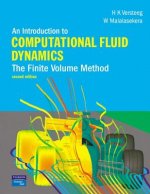
Introduction to Computational Fluid Dynamics, An
96.65 € -
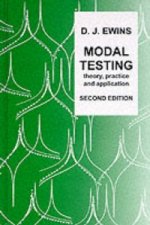
Modal Testing
116.93 € -
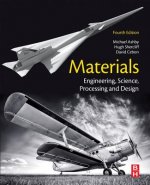
Materials
81.92 € -2 % -
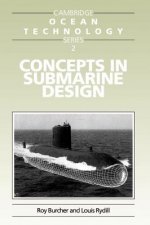
Concepts in Submarine Design
71.63 € -4 % -
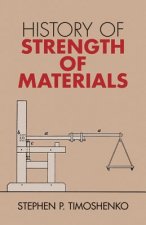
History of Strength of Materials
23.20 € -24 % -
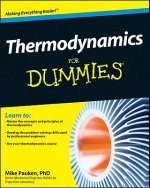
Thermodynamics For Dummies
16.54 € -36 % -
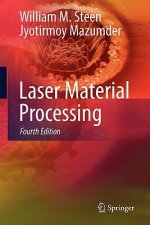
Laser Material Processing
81.41 € -2 % -
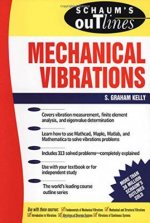
Schaum's Outline of Mechanical Vibrations
29.15 € -13 % -
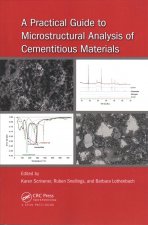
Practical Guide to Microstructural Analysis of Cementitious Materials
96.65 € -4 % -

Schaums Outline of Thermodynamics for Engineers, Fourth Edition
18.66 € -22 % -

X-Ray CT
131.96 € -
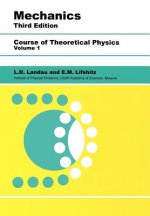
Mechanics
64.06 € -14 % -
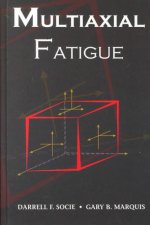
Multiaxial Fatigue
41.66 € -
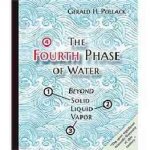
Fourth Phase of Water
40.65 € -19 % -
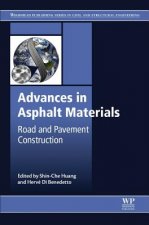
Advances in Asphalt Materials
302.58 € -
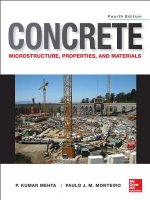
Concrete: Microstructure, Properties, and Materials
123.29 € -26 % -
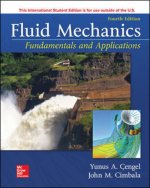
Fluid Mechanics: Fundamentals and Applications
70.01 € -1 % -
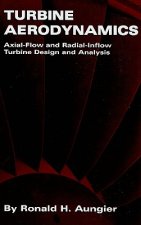
Turbine Aerodynamics
128.43 € -
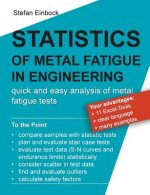
Statistics of Metal Fatigue in Engineering
46.30 € -2 % -
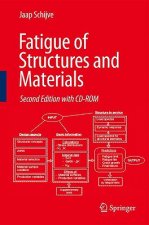
Fatigue of Structures and Materials
112.59 € -

Materials and the Environment
65.07 € -11 % -
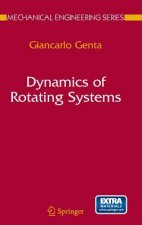
Dynamics of Rotating Systems
240.53 € -
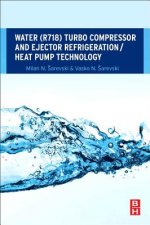
Water (R718) Turbo Compressor and Ejector Refrigeration / Heat Pump Technology
146.09 € -
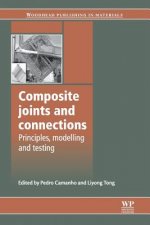
Composite Joints and Connections
356.66 € -

Understanding Aerodynamics - Arguing from the Real Physics
103.71 € -8 % -
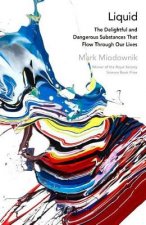
Liquid
11.39 € -20 % -
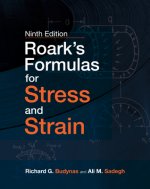
Roark's Formulas for Stress and Strain, 9E
134.08 € -1 % -
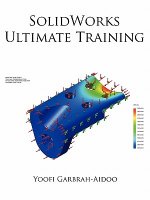
SolidWorks Ultimate Training
91.40 € -
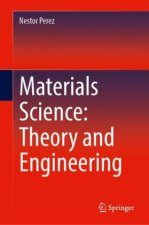
Materials Science: Theory and Engineering
138.22 € -4 % -
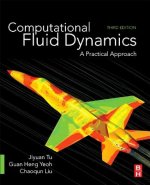
Computational Fluid Dynamics
100.48 € -
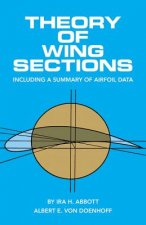
Theory of Wing Sections
21.28 € -28 % -

Rocket Propulsion
81.11 € -
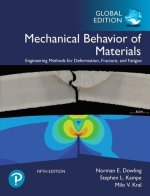
Mechanical Behavior of Materials, Global Edition
101.49 € -
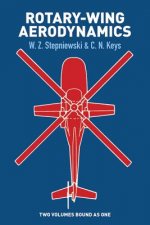
Rotary-Wing Aerodynamics
28.75 € -18 % -

Aerodynamics of Wings and Bodies
15.93 € -10 % -
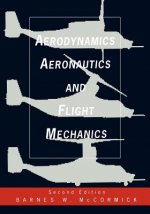
Aerodynamics Aeronautics And Flight Mechanics Seco (WSE)
319.33 € -
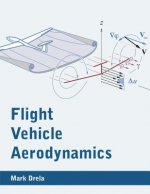
Flight Vehicle Aerodynamics
77.58 € -16 % -
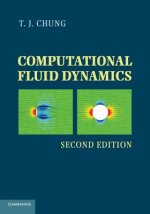
Computational Fluid Dynamics
112.39 € -

Heat Storage: A Unique Solution For Energy Systems
175.35 € -

What Engineers Know and How They Know It
36.41 € -
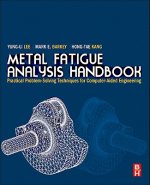
Metal Fatigue Analysis Handbook
116.53 € -9 % -
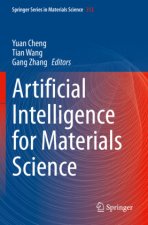
Artificial Intelligence for Materials Science
197.04 € -
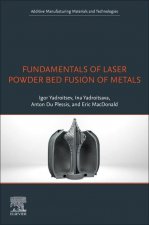
Fundamentals of Laser Powder Bed Fusion of Metals
176.06 € -15 % -
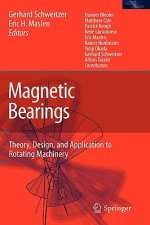
Magnetic Bearings
273.12 € -
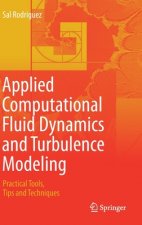
Applied Computational Fluid Dynamics and Turbulence Modeling
131.96 € -
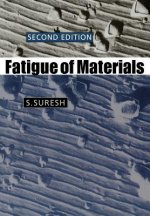
Fatigue of Materials
112.49 €
Osobní odběr Bratislava a 2642 dalších
Copyright ©2008-24 najlacnejsie-knihy.sk Wszelkie prawa zastrzeżonePrywatnieCookies


 Vrácení do měsíce
Vrácení do měsíce Zdarma od 49.99 €
Zdarma od 49.99 € 02/210 210 99 (8-15.30h)
02/210 210 99 (8-15.30h)